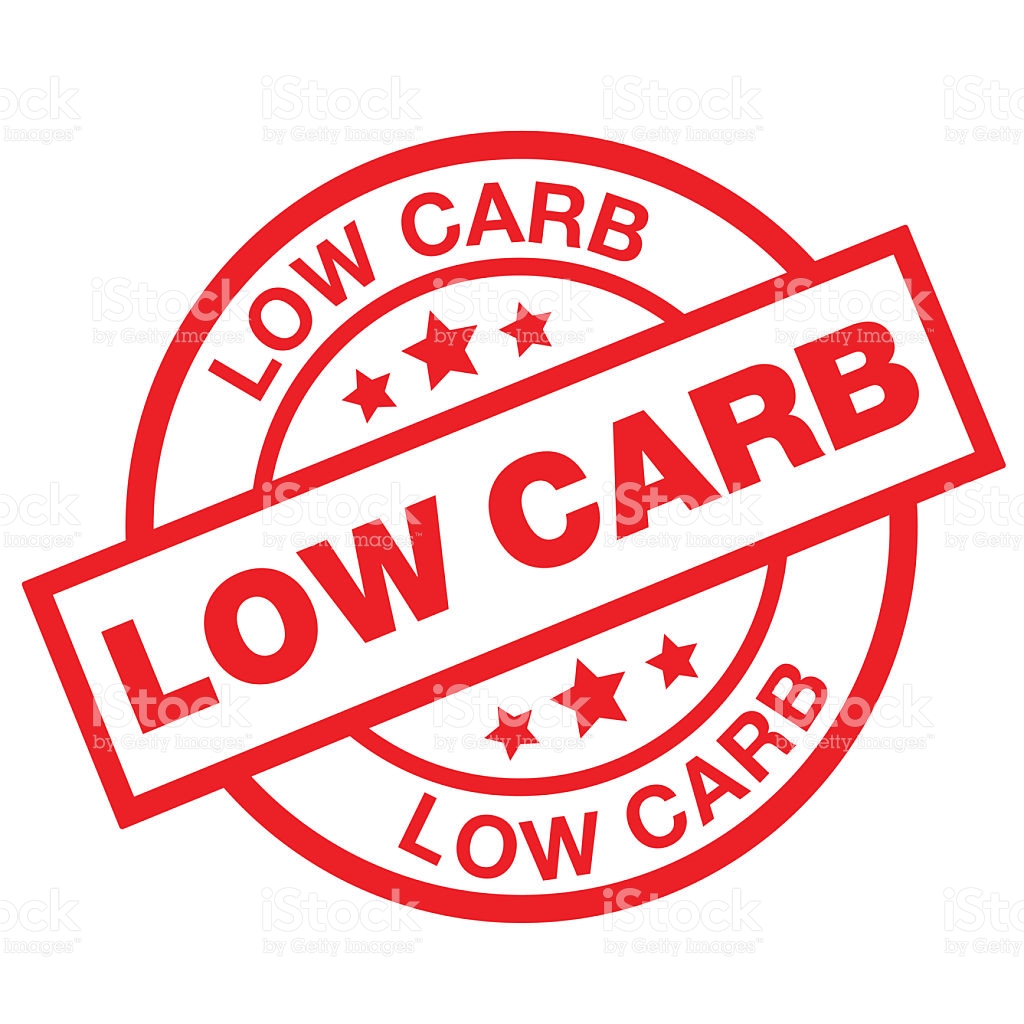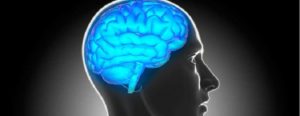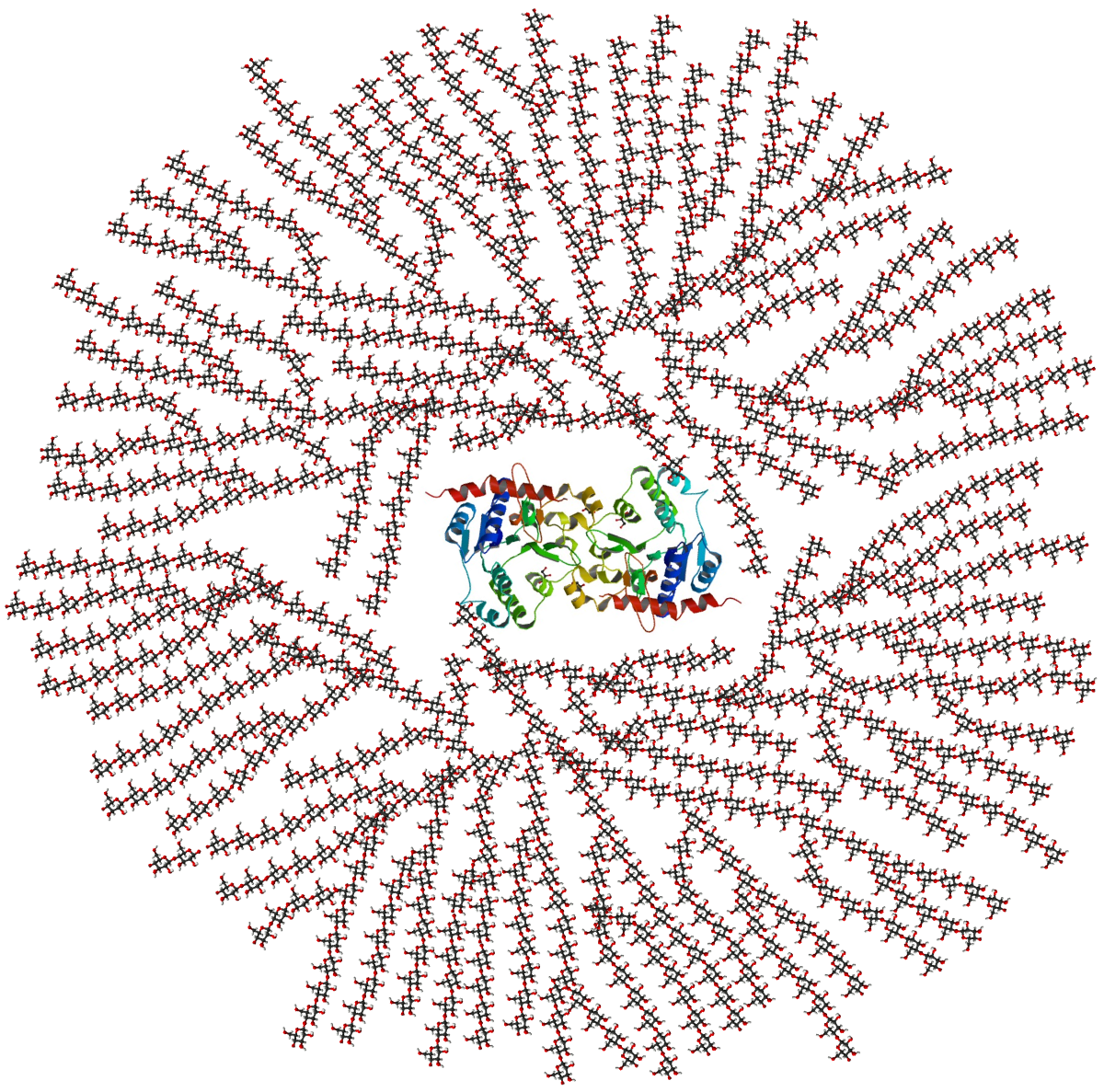
The body derives it’s energy from four key fuels:
1) glucose
2) proteins
3) free fatty acids
4) ketones
The primary determinant of the fuel utilized is the availability of carbohydrate. The body has three storage units that can be utilized during times of calorie deprivation:
1) Carbohydrate, which is stored in liver and the muscles
2) Protein, which can be converted to glucose in the liver
3) Fat, which is stored primarily in adipose tissue.
Under specific conditions a fourth fuel comes into play -ketones which are derived from the incomplete breakdown of free fatty acids. Under normal dietary conditions ketones play a minimal role in energy production. During times of Low carb dieting or starvation diets ketones impact energy production significantly.
When looking at storage of bodily fuels triglyceride is the most abundant. Carbohydrate stores are minimal compared to protein and fat. Although stored protein could possibly fuel the body longer than stored carbohydrates too much reliance on protein for energy could result in death. The average person has enough body fat to live for months without food. There are numerous documented cases where morbidly obese patients were fasted for up to one year.
In general the body utilizes the fuel that is most abundant in the bloodstream. As an example when glucose elevates in the bloodstream the body will utilize mostly glucose. When glucose levels begin to lower the body uses less glucose. When decreasing carbohydrate availability the body begins a metabolic shift resulting in a higher dependence on fat for energy.
Many trainees like to point to the fact that a high carb diet is protein sparing. Keep in mind while a high carb diet is protein sparing it is also fat sparing. High levels of carbohydrates decrease the use of fat for fuel. In the initial days of fasting protein is converted to glucose. This is where some people formed the idea that low carb diets were muscle wasting. With an adequate amount of protein intake these muscle wasting effects can be minimized in the early stages of the diet. As the body becomes ketogenic protein is spared.

Most tissues of the body can use FFA for fuel. Although, there are tissues that cannot utilize FFA for fuel including brain, red blood cells, renal medulla, bone marrow and type 2 muscle fibers. One of the biggest mis-conceptions about human physiology is the belief that the brain can only run on glucose. Under normal dietary conditions the brain primarily functions by using glucose, but under conditions of ketosis the brain can run efficiently by using ketone bodies. Arguably the most important tissue in terms of ketone body usage is the brain which can derive up to 75% of it’s energy requirements from ketone bodies once adaptation occurs. Other research indicates that ketone bodies are the preferred fuel of many tissues. One exception is the liver which does not use ketones for fuel, but relies on FFA.
There are several factors which influence the fuel used by the body.
Factors influence fuel utilization
1. Amount of each nutrient being consumed
2. Level of hormones such as insulin and glucagon
3. Bodily stores of each nutrient
4. Levels of regulatory enzymes for glucose and fat breakdown
Amount of nutrient being consumed:
There are four substances that we derive calories from. These include:
1) carbohydrate
2) protein
3) fats
4) alcohol
Generally speaking, the body utilizes glucose in direct proportion to the amount of carbohydrate being consumed. If carb intake increases the bodies utilization increases and vice-versa.
When protein intake increases protein oxidation will also increase to a degree. If protein intake drops the body will use less protein for fuel. The body attempts to maintain body protein at constant levels. The amount of dietary fat being consumed does not significantly increase the amount of fat used for fuel by the body. Fat burning is determined indirectly by alcohol and carbohydrate consumption. The consumption of alcohol will almost completely inhibit the bodies ability to burn fat for fuel. The greatest rates of fat oxidation will occur when carbohydrates and alcohol are limited. Levels of muscle glycogen also regulate how much fat is used by the muscle.

HORMONES
Insulin’s primary role is to keep blood glucose in a range of 80-120 mg/dl. When blood glucose raises above 120 the pancreas releases insulin to lower blood glucose. The greatest increase of blood glucose come after the consumption of carbohydrate (different types have differing effects). Protein causes a smaller increase in insulin output because some individual amino acids can be converted to glucose. FFAs and ketones can also stimulate an insulin response, but the response is a great deal less than that which comes from the consumption of protein or carbs. As blood glucose drops insulin levels decrease as well. With the decrease in insulin the body begins to break down stored fuels. Fat cells are broken down into glycerol and FFAs and released into the bloodstream. Proteins are broken down into individual amino acids and glycogen stored in the liver is broken down into glucose and released into the bloodstream.
Glucagon is a hormone released from the pancreas that acts to control blood glucose as well. Glucagon acts to raise blood glucose when it drops below normal. Glucagon’s main action is in the liver as it breaks down liver glycogen and releases it into the blood stream. Glucagon also plays an important role in ketone body formation in the liver. Glucagon released is stimulated by exercise, decreasing blood glucose and insulin and protein consumption. Elevated levels of insulin inhibit the pancreas from releasing glucagon
From the information provided above it is apparent that insulin and glucagon play antagonist roles to one another. Insulin is primarily a storage hormone: while Glucagons’s primary role is to mobilize fuel stores for use by the body. Growth hormone is another hormone which has numerous effects on the body. GH is released in response to exercise, a decrease in blood glucose, and carb restriction or fasting. GH is a growth promoting hormone increasing protein synthesis in the muscle and liver. GH also acts as a FFA mobilizer. Most of the anabolic effects of GH are mediated through a class of hormones called insulin-like growth factors (IGFs). IGF-1 is the key contributor to anabolic growth in most of the bodies tissues. GH stimulates the liver to produce IGF-1 but only in the presence of insulin. High GH levels in combination with high insulin levels (protein carb meal) will raise IGF-1 levels increasing anabolic reactions in the body. On the other end high GH levels with low insulin levels will not cause and increase in IGF-1 levels.
The thyroid gland produces two hormones, thyroxine (T4), and triidothyronine (T3). In the human body T4 is primarily a storage form of T3 and plays few physiological roles itself. Thyroid hormones can have an effect on all tissues of the body. Chronically low carb intake can significantly lower thyroid hormone.
Cortisol is a catabolic hormone released by the adrenal glands. Cortisol is involved in gluconeogenesis as well as fat breakdown. Cortisol is required for life but excessive amounts can be detrimental to health causing protein breakdown, bone tissue degradation, immune system impairment, connective tissue and skin weakening. Adrenaline and noradrenaline (epinephrine and norepinephrine) are released from the adrenal glands and are frequently referred to as fight or flight hormones. These hormones are generally released in response to cold, exercise, or fasting. Epinephrine is released from the adrenal medulla, while nor epinephrine is released primarily from the nerve terminals. The primary role the adrenal hormones adrenaline and nor – adrenaline play in the ketogenic diet is to stimulate free fatty acid release from fat cells.
In humans, insulin and adrenaline and nor-adrenaline have the most profound effect on fat mobilization. In general, insulin acts as storage hormone while adrenaline and nor-adrenaline stimulate fat breakdown.

LIVER GLYCOGEN
All foods coming through the digestive tract are processed initially in the liver. In general, liver glycogen is the key determinant of the body’s tendency to store or breakdown nutrients. There is a direct correlation between liver glycogen levels and bodyfat levels. High levels of liver glycogen are usually related to higher bodyfat levels. The liver serves as a storehouse for glycogen. Liver glycogen is broken down in response to glucagon and released into the bloodstream. When liver glycogen is full the body is generally in an anabolic state. Incoming nutrients are stored as glycogen, proteins, and triglycerides. This is sometimes called the fed state. When liver glycogen is depleted the liver shifts roles and becomes catabolic. Glycogen is broken down into glucose, protein is broken down into amino acids, and triglycerides are broken down into FFA’s. This is often referred to as the fasted state. Ketogenesis will occur when liver glycogen is depleted, blood glucose drops, and the insulin/glucagon ratio shifts.
ENZYME LEVELS
Enzyme levels are primarily determined by the nutrients being ingested in the diet and the hormonal levels that result from the ingestion. When carb intake is high and glucose and glycogen storage is stimulated the enzymes involved in fat breakdown are inhibited. On the other hand when insulin drops the enzymes involved with glucose use are inhibited and the enzymes involved in fat breakdown will increase.
Relevant research in regards to ketogenic dieting:
A comparative study of two diets in the treatment of primary exogenous obesity in children
Pena L, Pena M, Gonzalez J, Claro A,
One hundred and four children, ages six to fourteen with exogenous obesity were subjected to two different diets, Ketogenic (low carb) and hypocaloric, for eight weeks. Body weight, serum triglycerides, cholesterol, glucose tolerance test, blood glucose, and plasma insulin determination were measured before and after diets. The results revealed significant differences in bodyweight, and triglyceride concentration, with both diets. There were significant differences in the fasting insulin levels, insulinogenic index, and insulin concentration after a glucose tolerance test in the patients treated with a KD diet.
Copyright 2005 Jamie Hale
LOW CARB DIETING (THE TRUTH)
TAKU’S NOTE: Thanks to my friend and fellow Strength Coach Jamie Hale for sharing this series of informative articles with us here at T.N.T. Jamie is a world renowned nutrition expert and fitness consultant based in Kentucky. Mr. Hale is a sports conditioning coach, author, gym owner and nutrition consultant. He has contributed to numerous exercise and sports publications (nationally and internationally), and has authored five books. To find out more visit His website.
TEXT “TNT” TO 855.796.9905 to get in touch with a TNT coach
TNT has over 35 years of combined fitness experience, so if you’re looking for a coach who can train you online from anywhere in the world, visit our online training page to book a consultation.
TNT wants you to maximize your strength as safely and efficiently as possible, so if you’re looking for a stand alone workout plan, check out our 6-week bespoke strength training and nutrition programs.

















